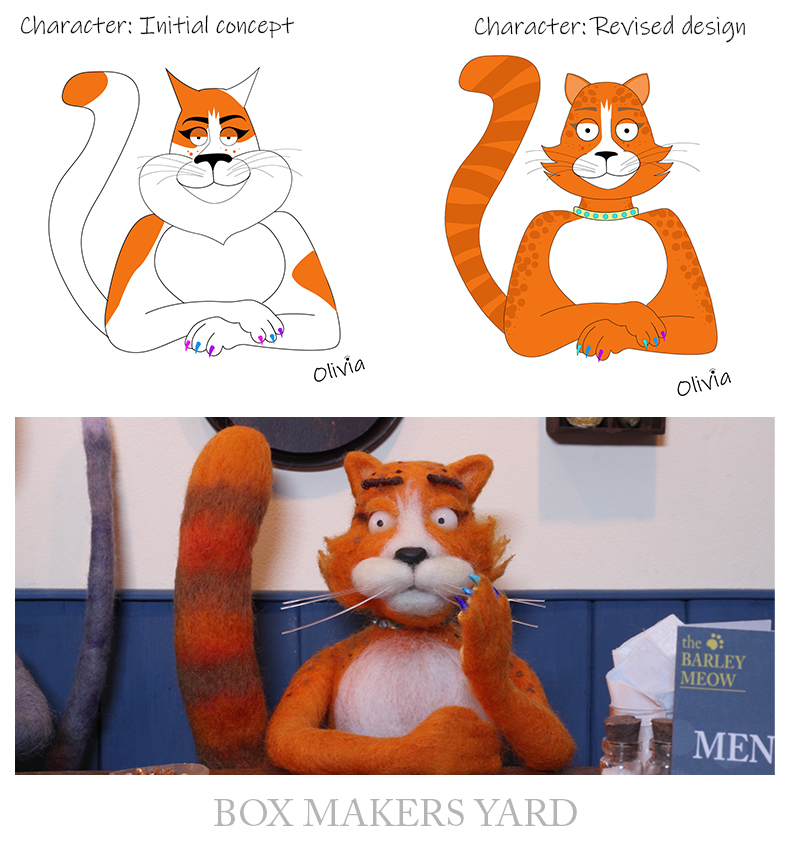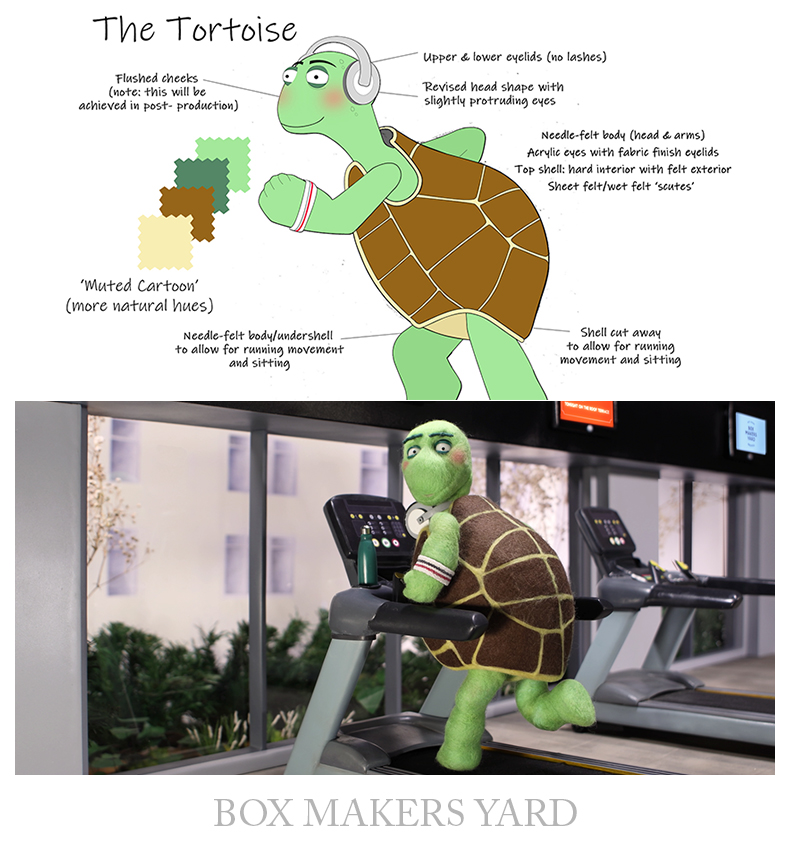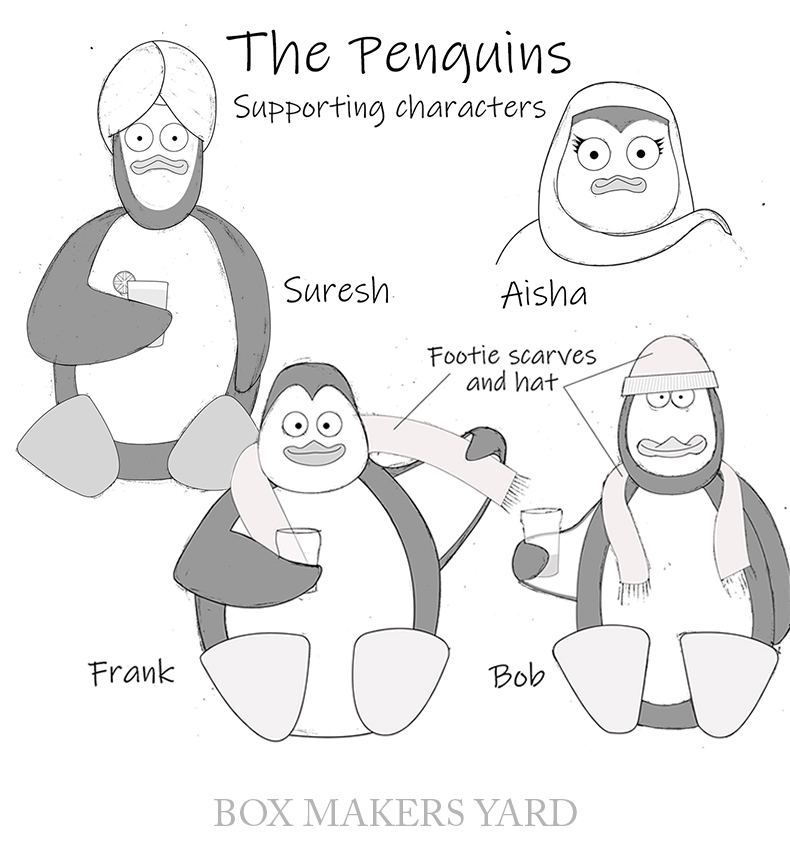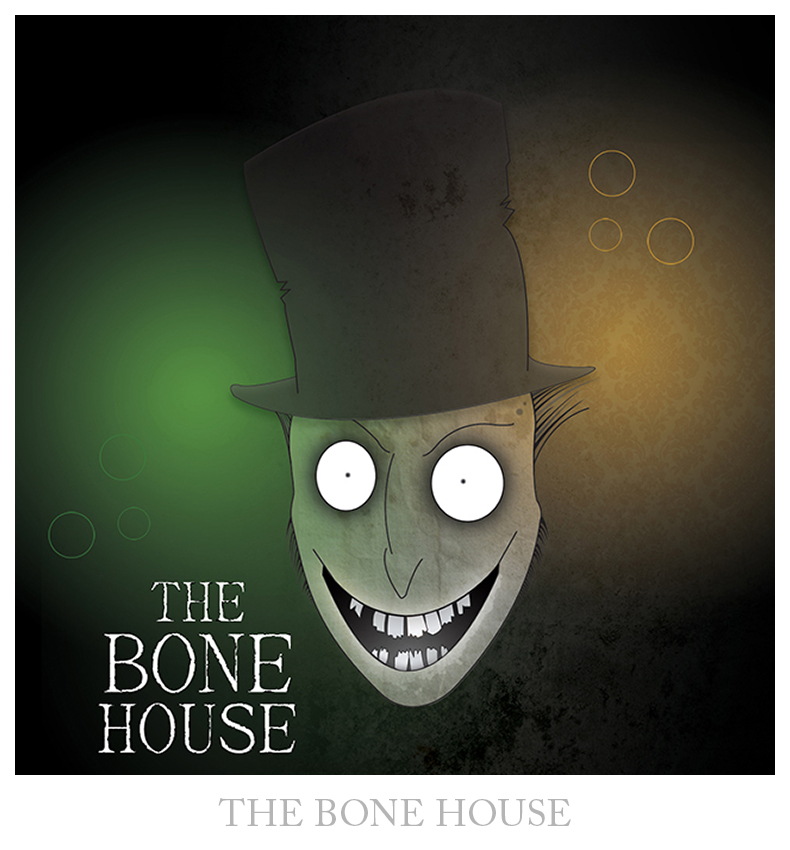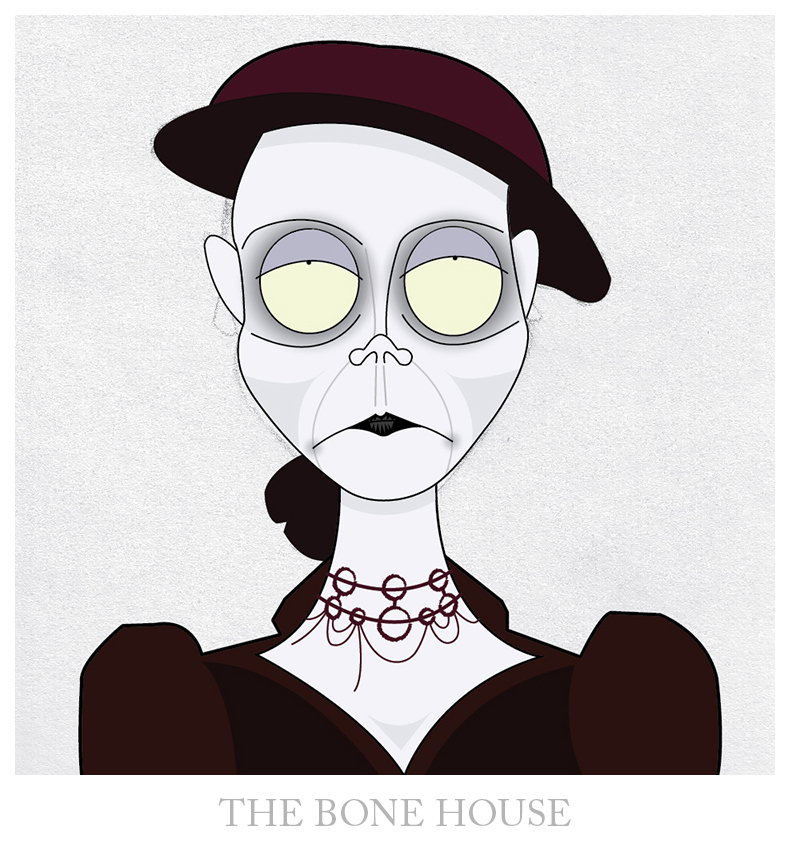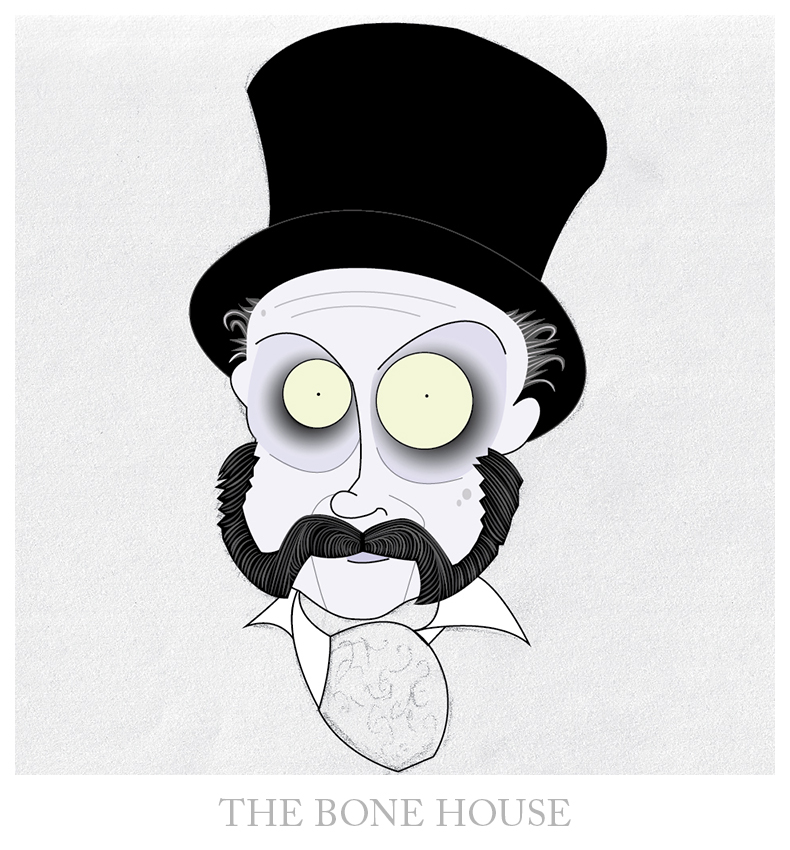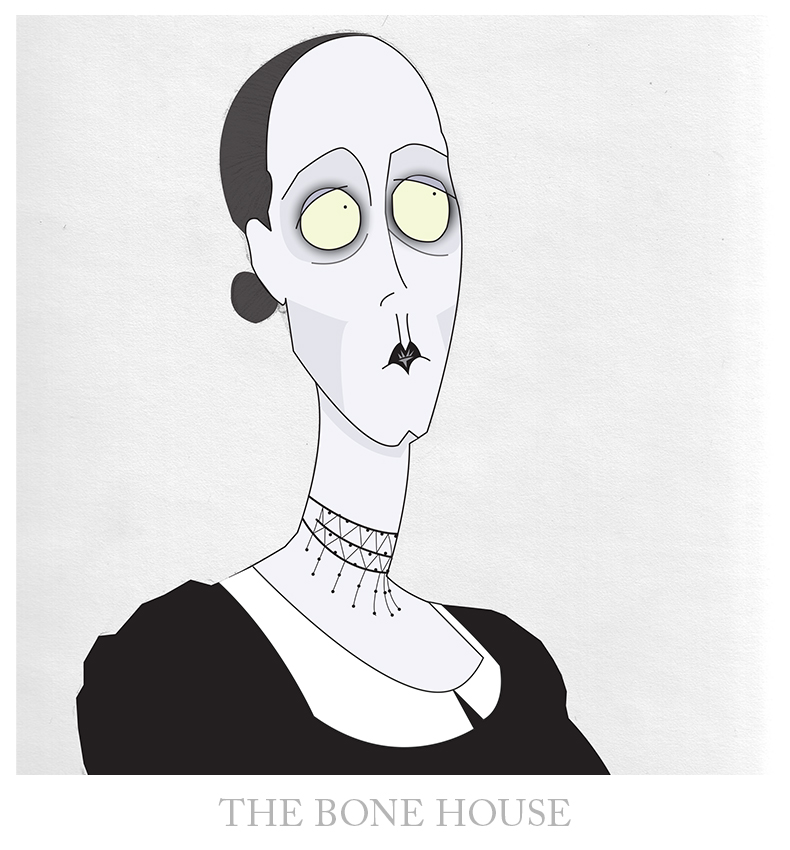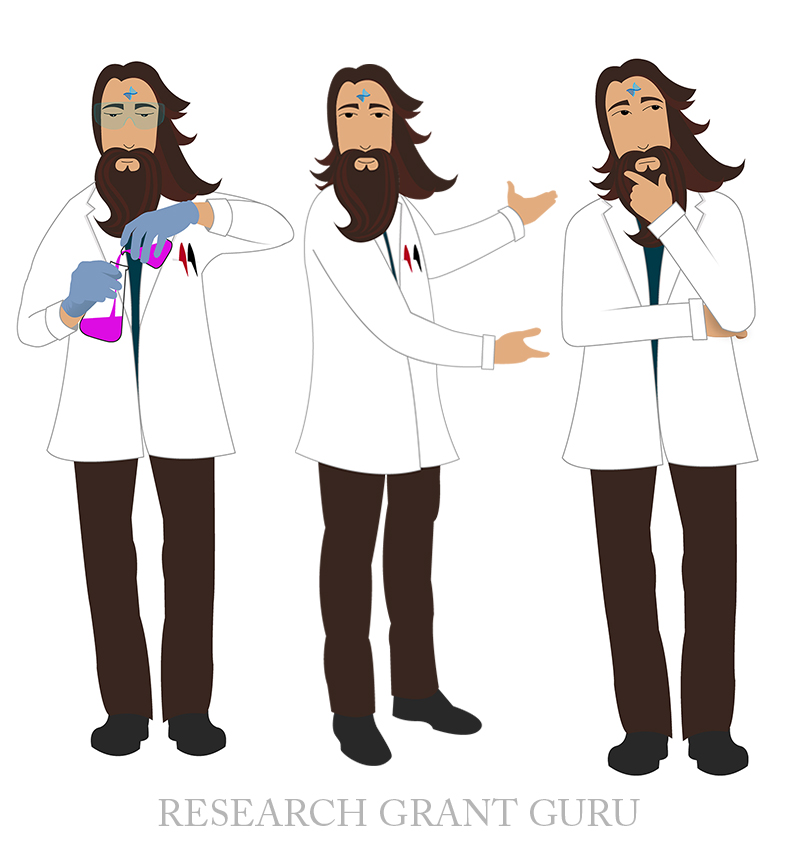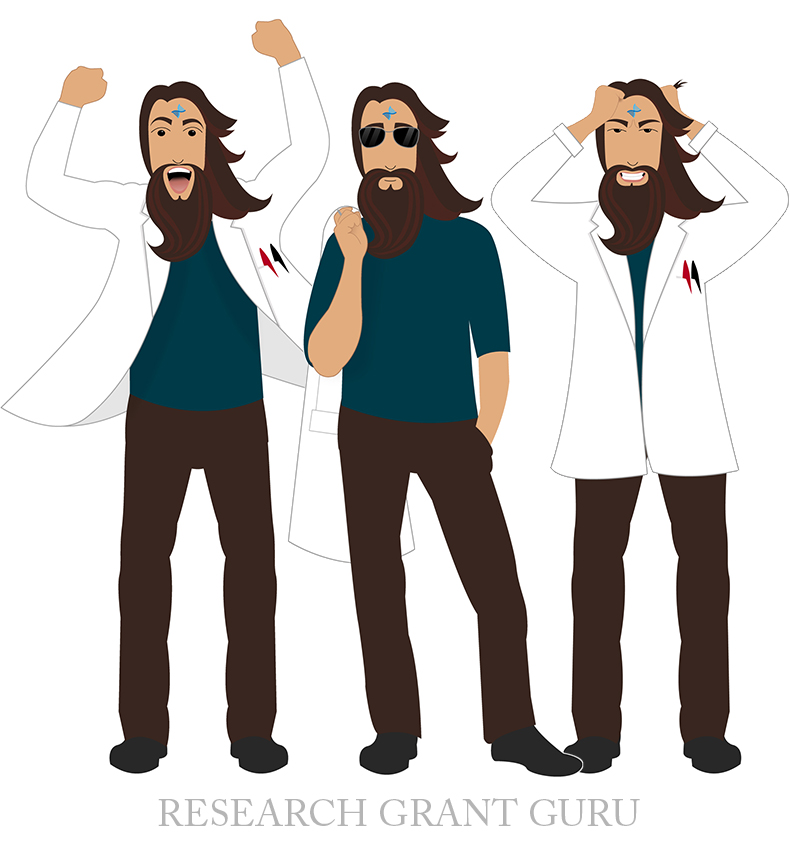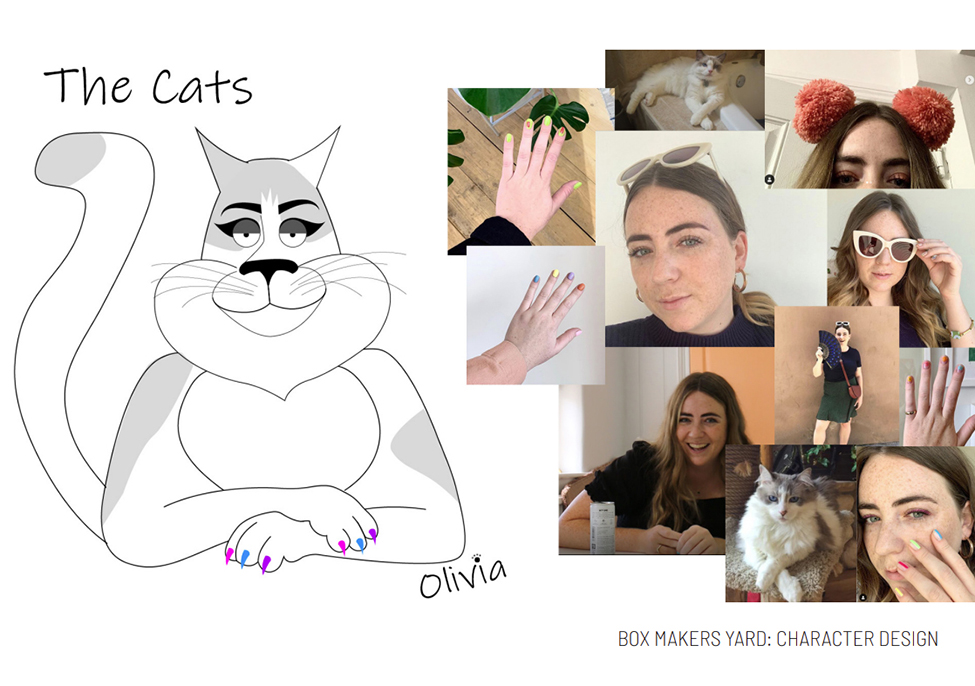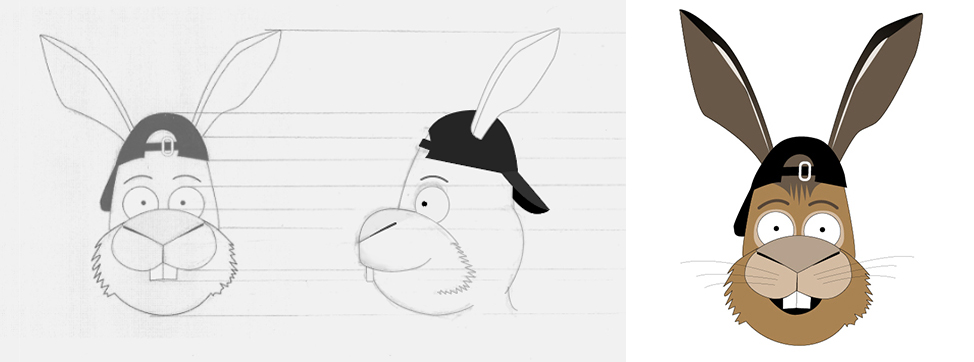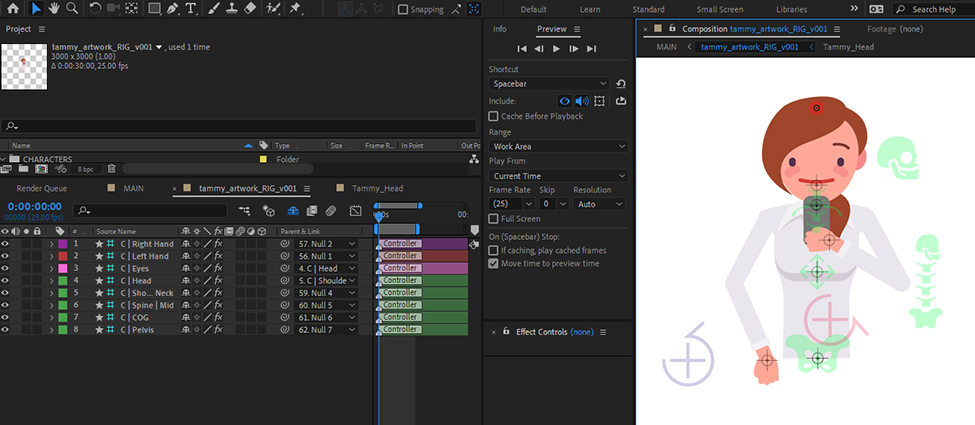
2D & STOP FRAME ANIMATION
Character Design for Stop Frame Animation and 2D Animation
Characters provide a wonderful way to connect with audiences, and their unique stories can be told through their character design. From features to finishes, attitude to accessories, every aspect of the character's look and performance contributes to the animation storyline and requires careful creative consideration. Above is a sample of some the many characters I have created for stop motion and 2D motion design productions. Each production requires a different stylistic approach to character based on the creative brief, brand and type of animation. See my portfolio for a showcase of selected animated shorts featuring these characters, and find out more about my latest character design project here. Read on for further information about the character design and development process for stop frame animation and 2D animation.
About Character Design for Animation
Character design begins with a character brief. In conjunction with the broader creative brief, the character brief outlines the character’s personality and other characteristics, alongside target audience demographics and other brand requirements, where applicable. From this character brief, voice artists can be selected and mood boards created to inspire the appearance and style of the character design.
Animated character design starts with illustration, regardless of whether the final animation technique is 2D or stop frame animation. In addition to physical characteristics, key poses are Illustrated so that a fuller sense of the character can be developed. Once a character design has been established, work begins on translating the design into a character asset for the chosen animation medium.
Developing Characters for Stop Frame Animation
In stop frame, or stop motion animation, further steps are required to translate 2D illustrations into a physical 3D puppet. Turnarounds can be illustrated to show the character from different angles, and a maquette can be sculpted to give an accurate impression of the character in three dimensions before the stop motion puppet is constructed. Once the design has been established, the puppet can be fabricated.
Rigging Characters for 2D Animation
In 2D animation, the artwork is prepared to import into 2D animation software for rigging. Rigging is the process of constructing a digital armature, a hierarchical set of interconnected parts that can be intuitively animated as a 2D digital puppet. Once the artwork has been prepped and rigged, the character or character set can be imported into multiple sequences or even separate animations.
All images are © Emma Windsor | White Rabbit Animation.




